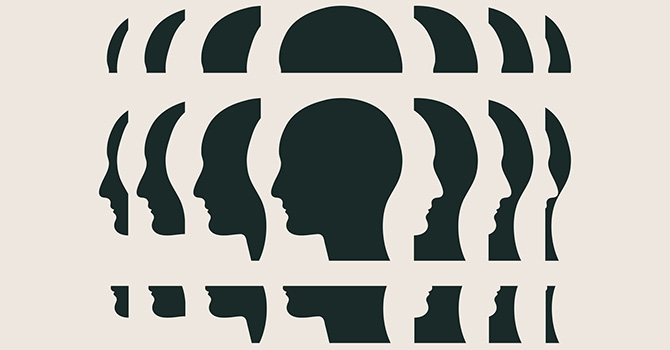In 1443, Nicolas Rolin and his wife Guigone de Salins founded a hospital (or Hôtel-Dieu) in the city of Beaune in the heart of Burgundy, France. It was borne of their Christian commitment to the care for the region’s vast impoverished population in the aftermath of the Hundred Years’ War. Today, the original hospital building is a noted tourist destination. It has a fantastic tiled roof typical of Burgundian architecture and serves as a museum to medical practices of the 15th and 16th centuries.
While the building itself may be a museum, the story of the hospital offers at least three leadership lessons about sustainable institutional design for today’s leader.
First, plan for sustainability at the beginning of a new initiative. When the hospital was constructed, the couple dictated that a central hall would be the primary treatment ward for the poorest of patients. This expansive space earned the nickname “The Palace of the Poor” for its beauty and artistry with a vaulted ceiling that resembled the inverted hull of a ship.
On either side of the room were rows of sickbeds, all set to face the chapel at the far end of the hall. To offset the cost of treatment for these patients, they ordered the construction of several private rooms for affluent patients in adjacent parts of the facility, which made the hospital a destination for the wealthy ill throughout France.
This planned sustainability, somewhat innovative in the 1400s, kept the hospital in its mission of providing care to the poor until the 1950s.
Second, navigate political realities in both conventional and unconventional ways. Rolin was a significant political figure in the history of Burgundy, having served as chancellor to Duke Philip the Good (who himself is famous for the capture of Joan of Arc).
To build the hospital, he used his connections in both civil and church power structures. This, we might say, is a conventional way of engaging the powers-that-be.
But when he defined the day-to-day operational structure of the hospital, Rolin inverted the predictable structures by elevating lay people over clergy. His thinking was that this would help the hospital circumvent lingering suspicions about religious affiliation in the wake of the Hundred Years’ War.
It was an unconventional approach to the political situation, and yet, later scholars have said that it also allowed all hospital workers (regardless of their ordination status) to exercise the full range of their gifts, which made the hospital a more vibrant, vital, sustainable institution.
Finally, develop your people. The couple insisted that there would be a pharmacy on-site and initially provided for a trained pharmacist in Beaune. But they also insisted that the nuns who staffed the hospital be taught to prepare the drugs that would be used so that ultimately there was no need for an outside expert.
It had the desired effect, and generations of nuns who belonged to the order of the hospital dispensed healing medications that they (or their sisters) had prepared with their own hands.
The Hôtel-Dieu in Beaune is a model of sustainable social entrepreneurship having lived into and out of its mission for more than 500 years.







